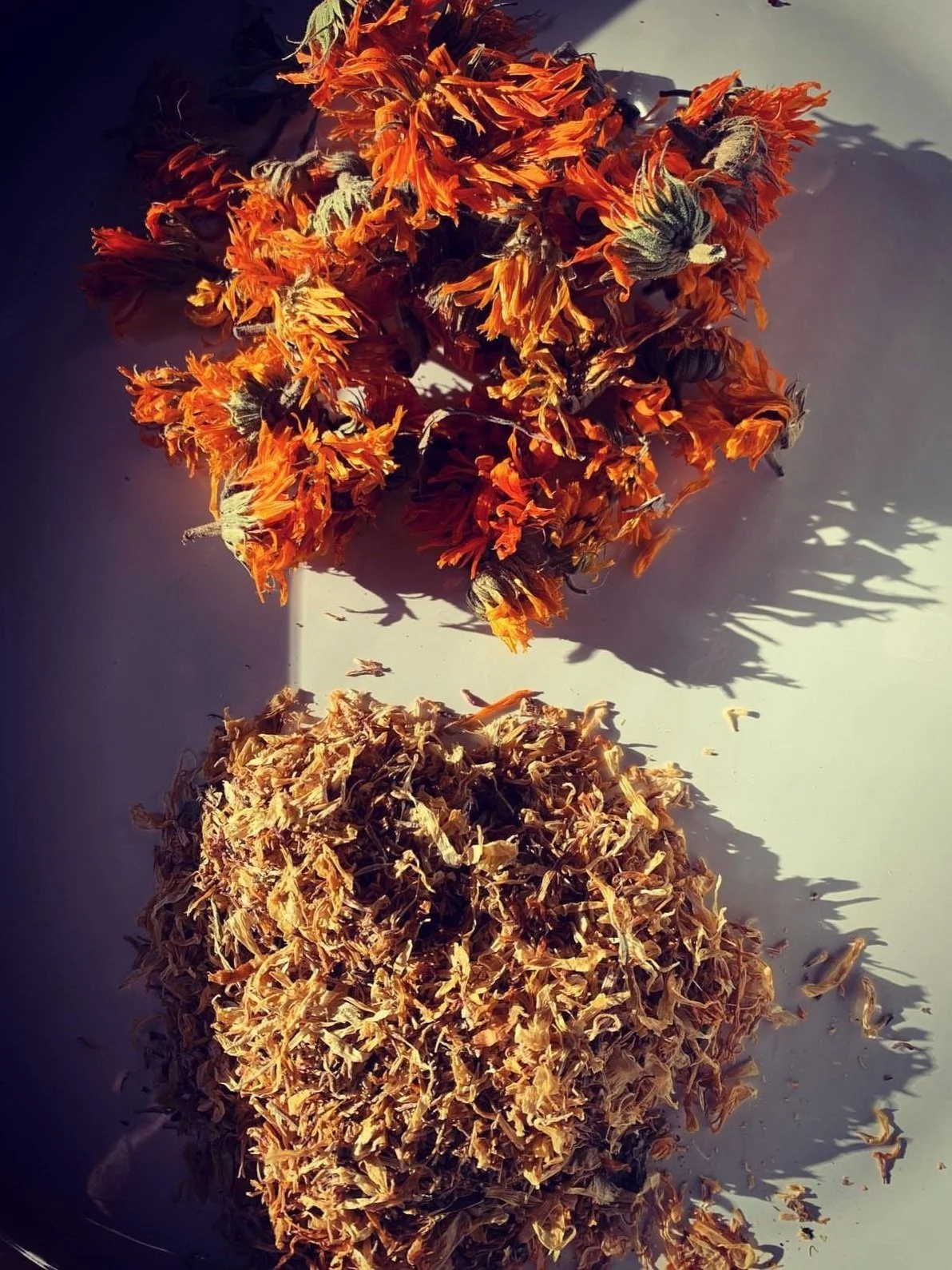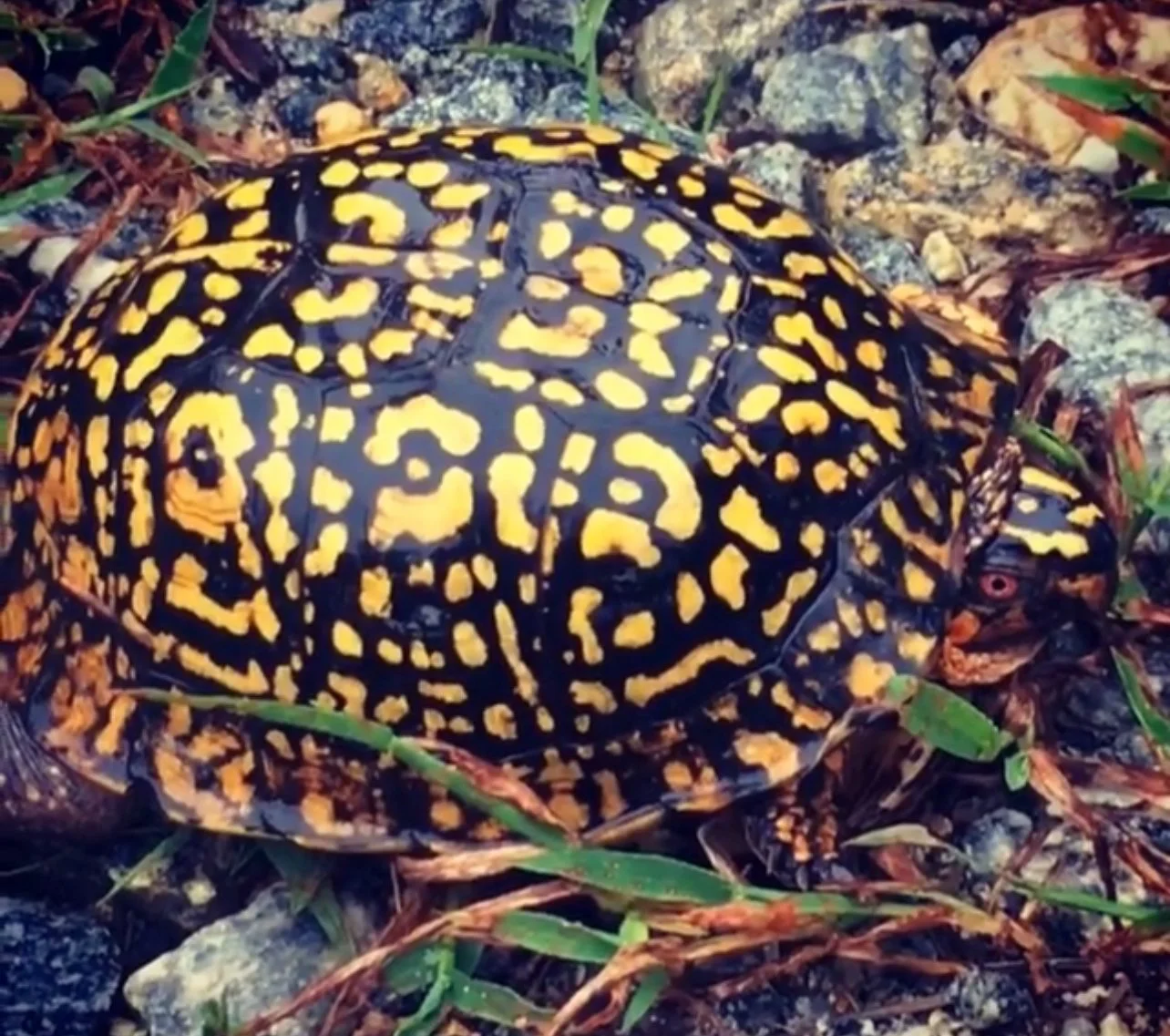Tea as Invitation: Planning Your Own Tea Garden In 2024
The sprit of summer in your tea.
In honor of January being “International Hot Tea Month," I wanted to take the opportunity to share some of my favorite herbal tea plants to create a magical herbal tea garden. This isn't just any garden; it's a sanctuary where plants are not merely botanical specimens but friends and teachers, offering their leaves and flowers for healthful, home-brewed teas.
There are many benefits to growing your own plants. The first reason is that you will know where the herbs are grown. You will have watched them grow, harvested them, and stored them. By harvesting your own plants, you will become much more acquainted with the cycles of the plant. You will learn when it flowers and be sure to harvest it at its highest potency.
Learning the skills to do this takes seasons, and hopefully, with every season, you are enriching your plant practice by growing confidence in yourself and deepening your relationship with the plants, which is, in my opinion, the best part.
The Herbal Tea Garden
In choosing plants for your tea garden, consider these herbal champions, each selected for its unique flavor, medicinal properties, and ease of cultivation. These plants form the verdant backbone of your garden, each with its own tale and therapeutic value. Below are some of my favorite plants that are easy to grow and are wonderful additions to your home tea apothecary.
Wild Bergamot (M. Fistulosa, M. didyma): This sun-loving native grows throughout the United States. It has been used by Native american Peoples as a healing herb. M. fistulosa is renowned for its lavender flowers and minty aroma, whilst M. didyma is known for its striking red flowers which attracts hummmingbirds. Wild Bergamot is traditionally used for its soothing properties, especially for digestive issues, coughs, congestion. It's also known for its calming effects on the mind with nervine qualities.
Calendula (Calendula officinalis): A sun-loving native of Europe, Calendula is celebrated for its vibrant orange and yellow petals. It's highly valued for its healing properties, particularly in skin care. Calendula is often applied topically to soothe irritated skin, heal wounds, and reduce inflammation. Its antifungal and antibacterial properties make it a popular choice in natural remedies for various skin ailments.
Anise Hyssop (Agastache foeniculum): Another native to the US and traditional medicine of Indigineous Americans is a sun-to-partial-shade-loving herbaceous perennial is known for its anise or licorice-flavored leaves and flowers. Anise Hyssop is often used to aid digestion, relieve gas, and as an expectorant to help clear congestion. Its soothing properties also make it a gentle remedy for colds and coughs. As its sweetness offers an amazing addition chopped on salads and in pestos. It must also be mentioned it is a pollinator magnet. I would catagorize it as an apex pollinator plant.
Rosemary (Rosmarinus officinalis): Native to the Mediterranean regions this herb is a fragrant herb well-known in culinary circles, rosemary also boasts numerous health benefits. It's believed to enhance memory and concentration, promote hair growth, and provide antioxidant and anti-inflammatory effects. Rosemary's aroma is often used in aromatherapy to reduce stress and anxiety.
Chamomile (Matricaria recutita): Native to Europe, it is famous for its calming and soothing effects, chamomile is a staple in herbal tea blends meant to promote relaxation and sleep. It's also known for its anti-inflammatory and anti-spasmodic properties, making it beneficial in treating digestive disturbances and menstrual cramps.
Peppermint (Mentha piperita): This little creeping lover is native to regions of Europe, Mediteranean and Central Asia. Peppermint is highly esteemed for its refreshing flavor and its ability to relieve digestive issues such as indigestion, gas, and bloating. Its menthol content makes it a popular choice for respiratory ailments, as it helps to clear nasal passages and ease coughs.
Skullcap (Scutellaria lateriflora): Another native to the US found growing in damp stream and wetland edges. This herb is traditionally used for its calming effects on the nervous system. It's often employed in herbal medicine to alleviate anxiety, nervous tension, and insomnia. Skullcap may also have antioxidant properties that support overall brain health.
Valerian (Valeriana officinalis): Native to Europe, Valerian is best known for its ability to improve sleep quality and reduce the time it takes to fall asleep. It has a long history of use as a natural sedative and is often used to ease anxiety and stress.
Turmeric (Curcuma longa): As a native to tropical regions of Asia, This golden-hued root is famed for its anti-inflammatory and antioxidant properties. Turmeric is often used to relieve pain and inflammation associated with conditions like arthritis. Its active compound, curcumin, is also studied for its potential benefits in cognitive health and chronic diseases.
Tulsi, Temperate-Holy Basil (Ocimum africanum): Originating in East Africa and India. Often referred to as the “Queen of Herbs,” Tulsi is revered in Ayurvedic medicine for its adaptogenic properties – helping the body adapt to stress. It's also used to support the immune system, enhance stamina, and promote respiratory health. This makes a superior iced tea for hot summer months and and a cherished favorite hot tea, especially when mixed with rose petals.
Rose (Rosa sp.): Beyond their beauty and fragrance, roses are used for their astringent and calming properties. Rose petals and hips (the fruit of the rose plant) are high in vitamin C and are often used in teas to boost the immune system and promote skin health. Rosa multiflora grows abundantly in the wild as an invasive species native to Eastern China and Japan. So if your not growing your own you can harvest this abundant grower in the wild.
Lemonbalm (Melissa officinalis): A native to the Mediteranean, Lemonbalm is cherished for its lemony scent and its ability to relieve anxiety, promote relaxation, and improve mood. It's also used to ease digestive discomfort and can have a mild sedative effect, making it beneficial for those with sleep issues.
Catnip (Nepeta cataria): This herb has become naturalized worldwide. While famous for its effects on cats, catnip also offers benefits for humans. It is used as a mild sedative, helping to ease anxiety and insomnia and even relieve minor aches and pains. Its antispasmodic properties make it a good choice for relieving stomach cramps.
Cultivating and Harvesting
Understanding the cycles of each plant is key to a flourishing tea garden. Learning the right moment to harvest and when the plants are at their highest potency is a dance with nature. Learning to harvest and process plants can be an enjoyable craft in itself. Each plant requires unique harvesting and processing methods, which can deepen your relationship with the green world and enhance the quality and magic of your tea.
This is a picture of calendula exemplifying the potency of homegrown (top) vs. store bought (bottom).
In contrast to store-bought teas, which often sit on shelves for months—or possibly even years—losing their essence, your garden ensures freshness and potency. Growing your own herbs means brewing a healthful elixir—a direct connection to the earth that store-bought teas can't replicate. You will be assured that what you put into your body is actually what you're putting into your body, taking the guesswork out of quality, purity, and sourcing.
Your tea garden can also become a haven for pollinators. Observing bees, butterflies, and birds interacting with the plants adds a new dimension, emphasizing the garden's role in the broader ecosystem.
Selecting Quality Plants For Your Tea Garden
When selecting plants for your garden, consider suppliers committed to organic, non-toxic practices. This approach benefits your health and supports the local ecosystem, making your garden a sanctuary for all forms of life.
Woodswise Botanicals uses all-natural organic growing processes, so you can rest assured that your soil will benefit and you will be getting non-toxic plants free from herbicides or pesticides, which is important if you plan on harvesting them for tea and offering them to pollinators.
Growing your own plants can invite a lot of new opportunities to grow and understand the natural world.
Several box turtles travel to this homestead garden to lay their eggs every year.
As you tend to your tea garden, you're not just growing plants but nurturing a living, breathing ecosystem, one cup of tea at a time. What plants will you invite into your garden? What tales will they tell? Your journey with these plants transcends mere gardening; it's a continuous story of learning, growth, and connection with the natural world.




